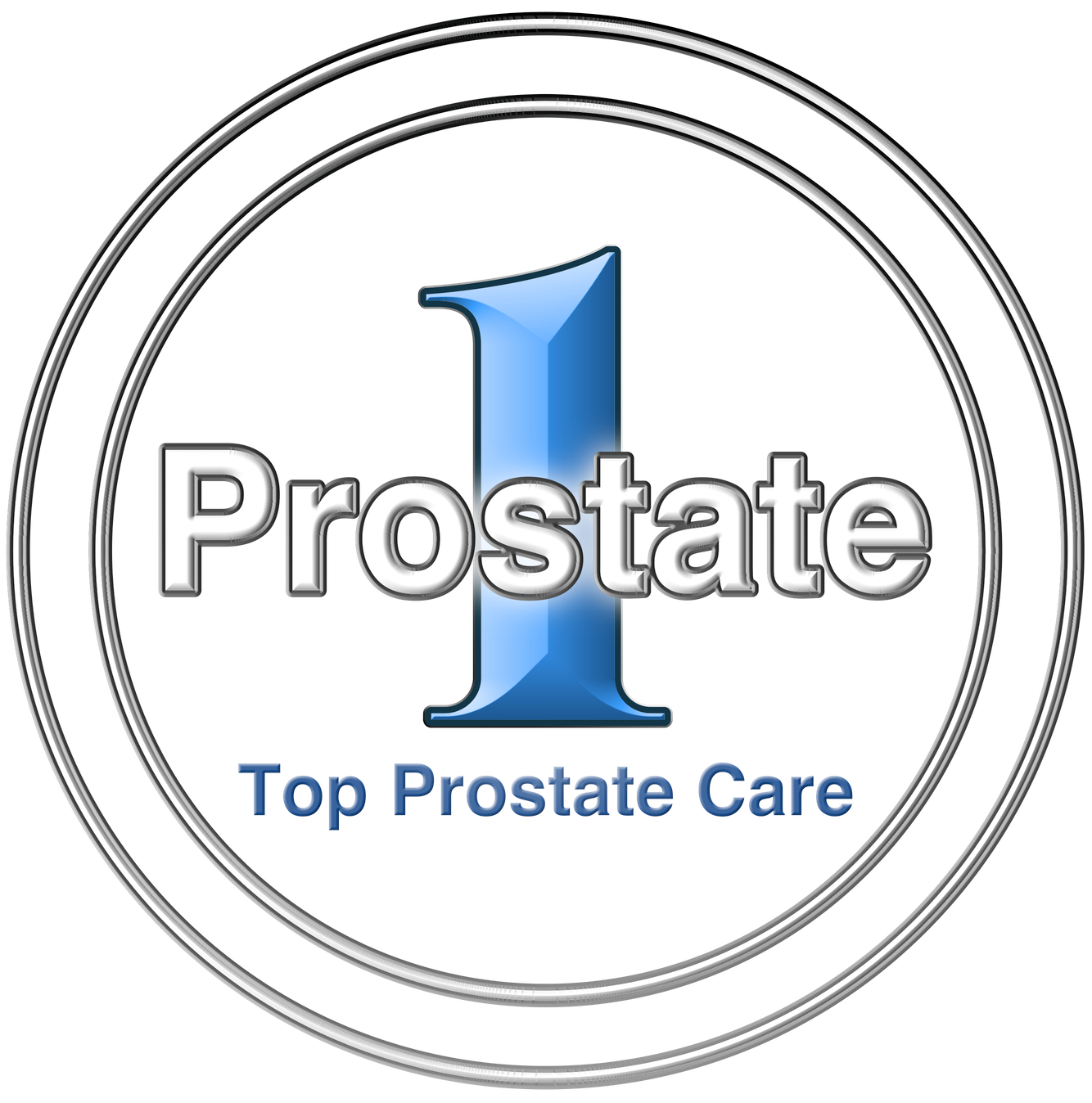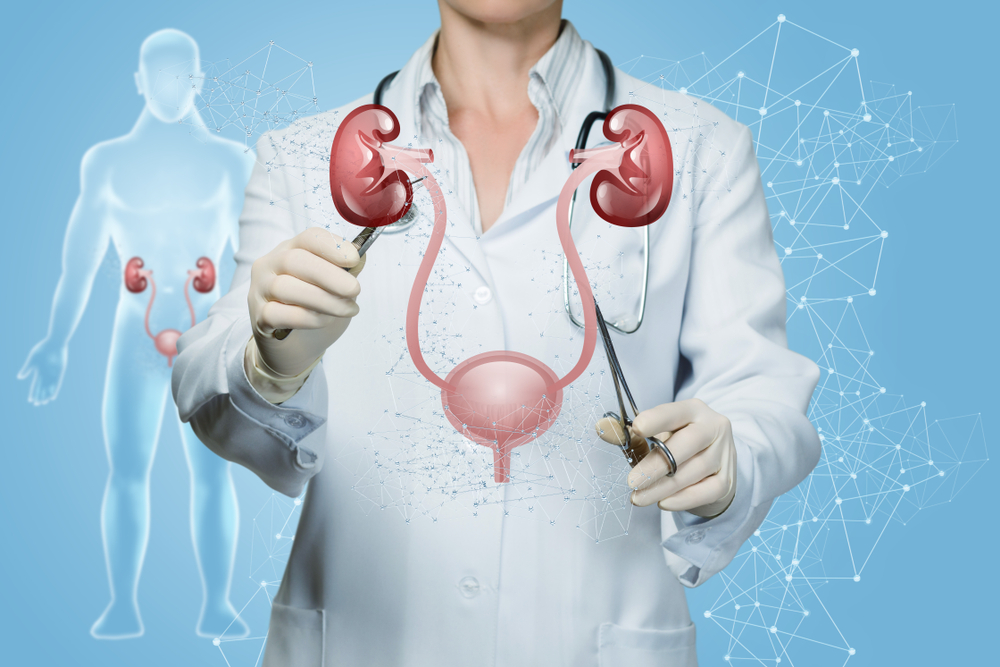In this guide from 1Prostate, we explain what to expect from TUMT and TURP.
What Is Benign Prostatic Hyperplasia?
Benign prostatic hyperplasia (BPH) is a medical condition characterized by an enlarged prostate gland. The prostate, usually the size of a walnut, sits below the bladder and surrounds the urethra (the tube that carries urine from the bladder out of the body). It is worth noting that BPH is not cancer and does not increase the risk of prostate cancer.
With BPH, the bladder wall can thicken, become irritable, and begin to contract even with small amounts of urine. An enlarged prostate can also put pressure on the bladder. BPH can cause problems related to lower urinary tract symptoms, which may include:
- Urinary urgency
- Increased frequency of urination – especially at night (nocturia)
- Inability to urinate or strain to urinate
- Weak urine stream
- Start and stop of urine flow (interval)
- Your bladder doesn’t empty completely
- Dribbling after urinating
BPH may not be a life-threatening condition, but it can negatively impact a patient’s quality of life. Fortunately, modern technology has opened the doors for innovative therapies, from minimally invasive techniques that allow patients to be treated in the office, to proven surgical solutions. At 1Prostate, we are glad to offer a number of treatments for BPH, including TUMT and TURP. While both treatment options are effective and safe, you may be curious about how each treatment is different.
What Is TUMT (Transurethral Microwave Therapy)?
TUMT offers a 45-minute in-office treatment that combines our microwave heat therapy with proprietary balloon compression technology to heat the prostate and dilate the prostatic urethra. The purpose of TUMT is to provide a relatively painless and effective alternative to medical therapy and some types of surgery to treat symptoms of BPH.
It may take several weeks to several months before you notice a significant improvement in your urinary symptoms. Your body needs time to break down and absorb overgrown prostate tissue that has been intentionally targeted by microwave energy. After TUMT, it is important to have annual check-ups with a urologist to examine your prostate and screen for prostate cancer.
Due to potential complications, TUMT may not be a treatment option if you have or have had a penis implant, urethral stricture, certain types of BPH treatments that affect a specific area of the prostate (middle lobe), or use a pacemaker or defibrillator. If you have other medical conditions that increase your risk of bleeding, or if you take blood thinners your doctor may recommend a different approach to treat your urinary tract symptoms.
What Is TURP (Transurethral Resection Of The Prostate)?
TURP is a minimally-invasive procedure that involves removing part of the prostate through the penis. Although no incisions are required, you may stay in the hospital for a day or two. A urinary catheter needs to be placed because the swelling blocks urine flow. The catheter is usually left in place for at least 24 to 48 hours until the swelling subsides and you can pass urine on your own.
During the procedure, the surgeon reaches the prostate by inserting an instrument (resectoscope) into the tip of the penis and into the urethra. The resectoscope is about 12 inches long and 0.5 inches in diameter. It contains a lighted camera and valves that control the flushing fluid. It also contains a loop of wire that cuts tissue and seals blood vessels. The wire loop is used by the surgeon to remove the tissue blocking the urethra gradually. The tissue pieces are carried into the bladder by irrigation fluid and are washed away at the end of the procedure.
If you’ve been diagnosed with BPH, it’s time to stop coping with symptoms and start living. If you are ready to take charge of your life again, reach out to 1Prostate in New York City. 1Prostate is proud to offer a number of treatments to address Benign Prostatic Hyperplasia with two locations to serve Manhattan, Queens, and the surrounding areas. At 1Prostate, we can provide the latest, state-of-the-art non-surgical treatment to address enlarged prostate and its symptoms. Call 212-991-9991 to ask about how we can help you today.













